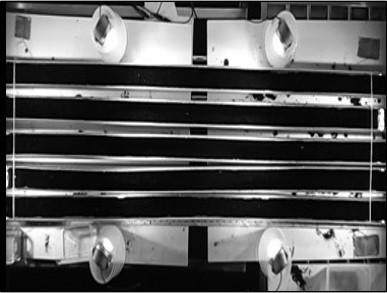Methods

Isopods (Asellus aquaticus) from Cave Lummelunda and its adjacent water bodies up- and downstream were collected for lab experiments on dispersal. First generation common garden animals were also used, which were raised under equal conditions to counter plastic effects due to life history.
Dispersal experiments were conducted in half-pipes filled with sand and water, recording net displacement and time. Filming was done with camera for later analysis using IR-equipment for visualization, enabling experiments in darkness. Morphological measurements were done on all specimens.
Results were analysed with a Bayesian hierarchical model approach, where both population and individual parameters where estimated. The test animal’s dispersal was viewed as a one dimensional diffusion process. The population effect from the resulting models was the main interest as credible differences could indicate differences in expression of dispersal between phenotypes. Effects from individual traits would indicate effects from the covariate in question, such as morphological traits, sex or catchment period.
Responsible for this page:
Director of undergraduate studies Biology
Last updated:
07/03/16
